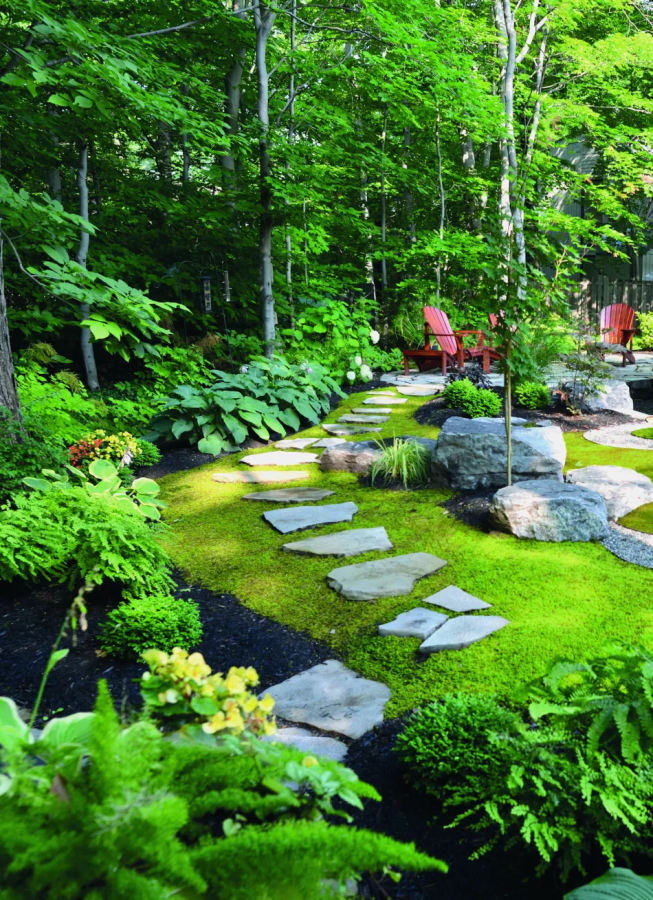Everything You Need to Know About Moss Lawns
January 13, 2023
Moss lawns are exactly what they sound like, lawns composed of moss. They’re very similar to grass lawns, usually the same color but moss lawns can last year round and require much less maintenance.
Moss lawns can work against climate change and would be beneficial to Washington State especially because moss grows in abundance here. In fact, moss lawns even occur naturally here, in forests they’ve likely been around for many years.
The topic of moss lawns has become really popular on TikTok lately, and using plants native to the area you live in to decorate your yard with. This popularity is based upon the positive environmental effects that moss lawns can have.
Moss lawns are often considered as an alternative to grass lawns, similar to how turf is used. According to the Synthetic Grass Warehouse, turf is made from, “polyethylene material, a common form of plastic that can be found in items such as bottles and plastic bags.”
Like turf, maintenance of moss lawns is easier- no pesticides or chemicals are needed for growth, moss lawns also don’t need to be mowed down. The key difference between the two is turf is made of plastic and doesn’t actively improve the nature around it. Turf is beneficial for sports fields, where players can run around and no maintenance is needed to keep the grass short. Moss wouldn’t be very helpful in this aspect, though it can handle occasional pressure, consistent heavy pressure like in sports would eventually kill the moss.
Both turf and moss are an alternative to grass, but how is moss different from grass? The environment they grow in for one thing is a big part of deciding if moss or grass would be better. Grass grows more successfully in the sun with warm climates, while moss does better in the shade with colder moist climates. Cayla Leanord from Happy Sprout says, “Moss is often found beside rivers and under trees, where there’s protection from heavy sunlight. As you might expect, this means that moss lawns do best in lawns with partial shade and tend to dry out in hotter, sunnier climates.” So moss lawns would succeed in northern states, like Washington, but in southern states and warmer areas grass lawns would be better.
Moss lawns provide many ecological improvements, such as helping your soil retain more water. Grass takes in water through its roots, unlike moss which absorb water directly into their bodies, acting like a sponge. Due to the moisture in the moss, it attracts insects, and other small creatures which are great food sources for birds, amphibians, and reptiles.
Moss lawns are a positive alternative to grass lawns if you want less maintenance and live in wet climates, great for residents of Washington State, where we already have moss growing in abundance.

